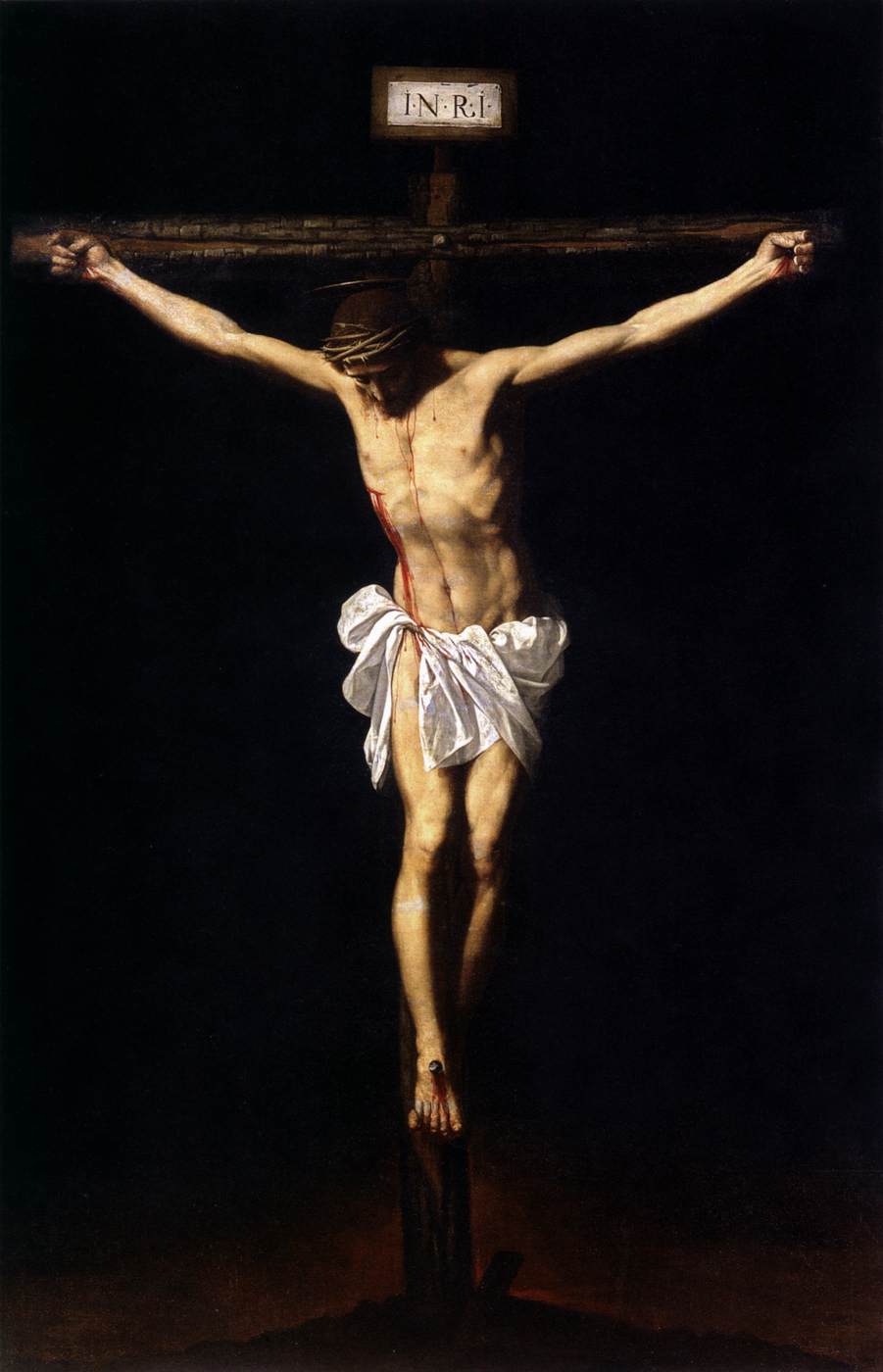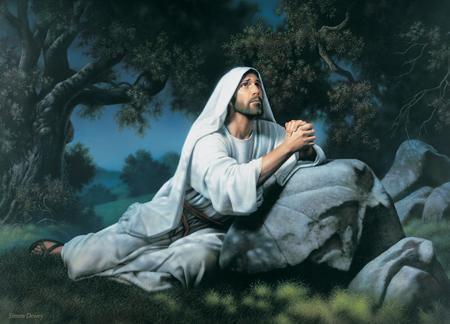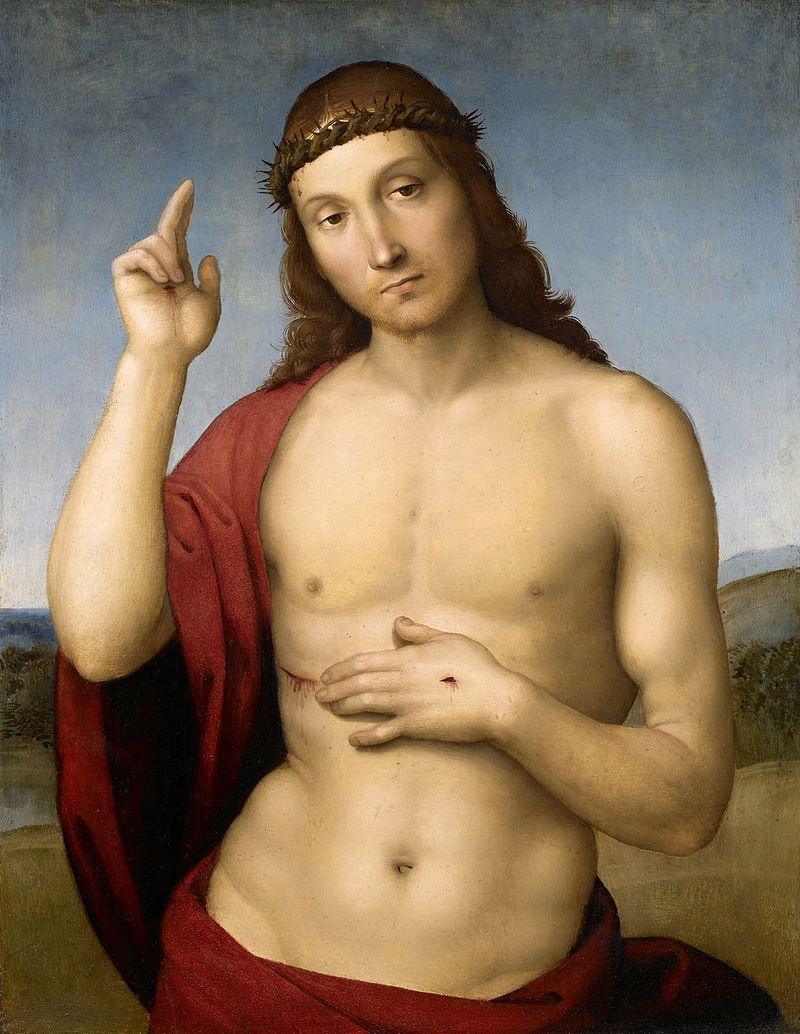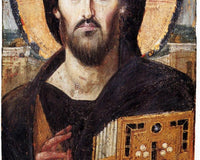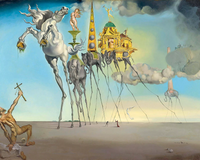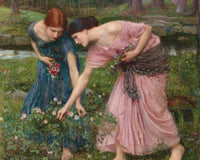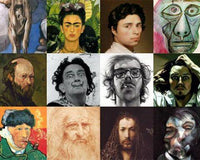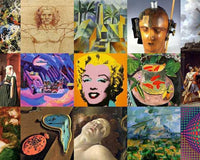The ground shakes. The sky suddenly darkens as if night had fallen on the earth. Hundreds of citizens of Pompeii stop in amazement and fear, witnessing one of the most legendary natural disasters in human history: the volcanic eruption of Vesuvius. Russian artist Karl Bryullov managed to convey all the emotions that must have been felt during this disaster as if he himself had witnessed the event.

The Last Day of Pompeii is a large-scale artwork, painted between 1830 and 1833. The painting depicts the eruption of Vesuvius in AD 79. The people of Pompeii look desperate and panicked. Some hug each other for fear of the rash. Their bodies are classically modeled, making the painting a mix of neoclassicism and romanticism. A light shines on some people, while others are in the shadows. The fiery volcano erupts in the background, giving a hellish effect to the painting.
The most significant historical events of humanity have always been reflected in works of art. These works have stimulated the imagination of both contemporaries and those who lived centuries apart from what happened. A tragedy so great that it claimed the lives of many human beings was the eruption of Vesuvius, which buried the prosperous and beautiful city of Pompeii under an immense and deadly layer of ash.
Impressed by his visit to the excavations, Karl Bryullov had the idea to create the painting "The Last Day of Pompeii". His interest in this historical fact arose not by itself, but thanks to the stories of the artist's brother, architect Alexander Bryullov. Paintings on similar subjects were in vogue at the time, which helped to increase the artist's interest. The painter, who had been in Italy for quite some time, began to feel a somewhat dismissive attitude towards himself and his work from the local art people. Some of them believed that Karl could not paint anything more significant than the small genre paintings, which had made him famous. When conceiving "The Last Day of Pompeii", Bryullov wanted not only to create a canvas of colossal size, but also to dispel the prejudices of Italian critics.
Almost six years passed from the first sketches to the appearance of the final version of the picture. Considered one of the artist's most significant works, this painting is in the Russian Museum in Saint Petersburg. It is one of the most visited and loved by the public. However, many pencil, watercolor and oil sketches preceded the creation of the painting. One of the versions of The Death of Pompeii, which Bryullov painted in 1828, is in the State Tretyakov Gallery and arouses no less interest among visitors than the finished work.

In The Last Day of Pompeii, Bryullov used two different light sources: the dramatic red light from the volcano and the cool greenish light coming from the sky, adding even more emotional tension to the painting. These bright, deep colors also go beyond the classical tradition, which has led people to call Bryullov an artist of romanticism.
On the left side of the painting is a woman looking directly at the viewer. Behind her, there is an artist with a box of brushes and paints; this is the self-portrait of Karl Bryullov. By placing himself in the painting, the artist expressed his emotional involvement and feeling in observing the destruction that the volcano caused.

Looking at the work, one can imagine how important it was for the young and ambitious painter to produce a masterpiece dedicated to the tragic death of the ancient Italian city. Each sketch advanced one more stage towards the artist's creative path that brought him closer to the final goal.
Studying a painting on a historical subject is something fascinating from any point of view. It is even more interesting to get acquainted with the sketches that preceded its creation. The many details, the general vein of the painting, the color scheme, everything undergoes changes depending on how the artist's vision changes over time or what becomes more significant to him or ends up fading from his creative mind.
It took Bryullov just 11 months to finish The Last Day of Pompeii. At the same time, it took six years to develop the final version of the image. The 1828 sketch lacks some of the details that can be seen on the canvas found in the Russian museum.
The central group was invariably moved by Bryullov from sketch to sketch: it is about a family with two small children fleeing the wrath of the Volcano. Another detail that is present in all the versions of the painting is a woman who died after falling from a car. The boy who was with her survived. She hugs her mother desperately, her eyes full of fear of impending disaster. Apparently, the deceased was a Pompeian nobleman, as evidenced by the jewels that were scattered by the blow on the stone pavement.
Many critics, including the painter's contemporaries, saw the death of the victims in the tragedy of this poor woman.
After traveling across Europe, The Last Day of Pompeii made it to Russia, where he and Bryullov's talents were greeted with respect and admiration. It was displayed at the Emperor Fine Art Academy as an example to all aspiring artists.
KUADROS © , a famous painting on your wall.


